ANSV Issue AW609 Tilt Rotor Accident Investigation Report
Investigators say a prototype tilt rotor broke up in flight after a divergent dutch roll developed in a high speed dive.
The Italian civil aviation safety investigation authority, the Agenzia Nazionale per la Sicurezza del Volo (ANSV), has issued an interim statement of the loss of prototype #2 (AC2) Leonardo AW609 tilt rotor N609AG in Italy on 30 October 2015, during high speed tests. The two test pilots aboard, Herb Moran and Pietro Venanzi, both died in the accident. The aircraft was on the third run during that test flight to the maximum dive speed of 293 KIAS (on previous flights the highest test point was 285 KIAS). AC2 incorporated a number of modifications in 2013 to reduce drag, including a modified vertical stabiliser.
ANSV Accident Investigation
The ANSV say that data was successfully recovered from the crash-protected Multi Purpose Flight Recorder (MPFR), a combined Cockpit Voice Recorder (CVR) and Flight Data Recorder (FDR). This was used to help validate telemetry data, however the MPFR lacked key parameters such as latitude, longitude and groundspeed. A flight tests instrumentation recorder and a video recorder (recording images from cockpit and tail mounted cameras) were both destroyed (neither was crash protected).
The ANSV say “the Pilot in Command (PIC) felt the onset of oscillations on the roll axis of the aircraft”. He counteracted this by a roll input, the conventional technique. However, the AW609’s flight control laws introduced a yaw input, to counteract an expected flaperon aerodynamic effect in the yaw axis. This created what the ANSV referred to as a phenomenon “like an augmented dutch roll“.
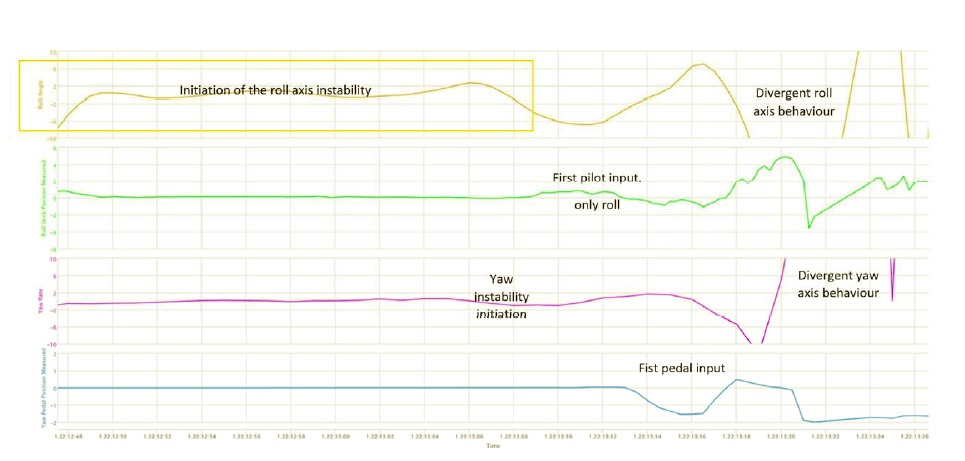
FDR Data N609AG: Yellow = Roll, Green = PIC Roll Input, Purple = Yaw Rate, Blue = PIC Yaw Input (Credit: ANSV)
Recovered data showed this became divergent and the aircraft then broke up in flight as indicated by the debris plot.
AW609 Flight Control and Aerodynamics
Tilt rotors have particularly complex flight control laws with multiple rotary wing and fixed wing modes. The AW609 has a triple-redundant fully digital fly-by-wire (FBW) flight control system. BAE Systems provide the flight control computer for the AW609. The ANSV say the high speed behaviour was not replicated in the AW609 SimRX engineering simulator.
As discussed above, in 2013 AC2 was modified to reduce drag, including a modified vertical stabiliser and empennage changes.
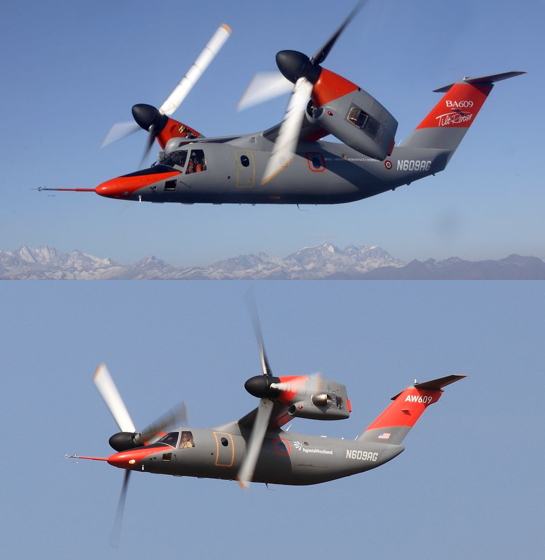
Modifications (Lower Photo) to Leonardo AW609 Tilt Rotor Prototype AC2, N609AG, Shown in Earlier Colour Scheme (Credit: Leonardo)
ANSV Safety Recommendations
The ANSV has issued three safety recommendations:
- Two to FAA and EASA on the flight test process and objectives for verifying aircraft handling in high-speed conditions (including via use of wind tunnel testing)
- One to ICAO on flight data recorders for experimental aircraft
AW609 Programme
The AgustaWestland US subsidiary, AgustaWestland Tilt-Rotor Company, based in Arlington, Texas, is the applicant for the AW609 certification, which explains why the prototypes are on the US register. An Integrated Development Team is based in Arlington and in Cascina Costa, Italy. At the time of the accident the first prototype, N609TR (AC1), which first flew in 2003, was based in the US whilst the second was at Cascina Costa. AC2 had achieved 567 hours since its first flight in November 2006.
Flight tests were voluntarily suspended after the accident in order to fully support the investigation. At the HAI Heli-Expo 2016 in Louisville, Kentucky (1-3 March 2016) AW609 Programme Manager, Clive Scott said:
We have a very good understanding of the events and have a view of the most probable causes. That is what’s leading us to say we are expecting to resume flight tests.
AC1 resumed flight tests 15 April 2016.
Two further prototypes are in build, the third (AC3), N609PA, starting ground tests in May 2016. It was briefly impounded by Italian magistrate but has since been released.
Certification is believed to have slipped into 2018.
UPDATE 5 July 2016: At Last, Civil Tiltrotor Ops Are Set To Become A Reality
Pietro Venanzi and Herb Moran
Venanzi, previously an Italian Air Force pilot, had worked as an experimental test pilot with AgustaWestland (now Leonardo) since 1999, and had returned to Italy after supporting AW609 flight tests in Texas. He also played a significant role in the testing and development of the AW139 and bailed out of the first prototype during that programme. His achievements in flight testing were recognized in 2014, when, along with fellow AW609 pilots Dan Wells and Paul Edwards, he was awarded with the Iven C. Kincheloe Award for an outstanding professional accomplishments in the conduct of flight-testing.
Moran had flown for the US Marine Corps for 13 years, been a test pilot with Bell (were he was lead pilot on the UH-1Y Venom and AH-1Z Viper development programme) and joined AgustaWestland in 2011. He had begun flying the then Bell/Agusta BA609 in 2005. In 2002, his accomplishments were recognized industry-wide when the Society for Experimental Test Pilots selected him as the recipient of the Iven C Kincheloe Test Pilot of the Year award.
UPDATE 24 June 2016: Two press articles followed within 6 hours of release of our summary(!):
- AW609 control laws initiated ‘Dutch roll’: investigators
- AW609 flight control laws may have contributed to fatal accident
UPDATE 3 August 2016: Leonardo has confirmed that the first AW609 TiltRotor prototype has resumed flight testing.
UPDATE 12 August 2016: The first prototype is now flying from the Leonardo site in Philadelphia.

AW609 N609TR Arrival (Credit: Leonardo)
UPDATE 19 December 2016: Leonardo presses ahead with AW609 certification program: It is reported that certification is expected in mid-2018, a one year delay due to the accident.
Flight testing resumed in the summer, and the manufacturer will test the AW609 in flight behind a helicopter icing spray system (HISS) this winter…
UPDATE 30 December 2016: This was our 6th most popular article in 2016.
UPDATE 9 February 2017: AW say:
…is expected to start icing trials soon following recent ground and flight testing activities.
The aircraft will undergo icing trials in Marquette, Michigan.
FAA certification…remains on track for 2018.
The fourth AW609 prototype is now located within the main production area of the Philadelphia facility’s assembly line to ensure a smooth transition to the first production build aircraft, also planned for 2018.
UPDATE 24 February 2017: Tiltrotor Trials, Tribulation and Tragedy Leonardo believes the AW609 could give it decade-long market lead among high-speed civil rotorcraft.
UPDATE 26 April 2017: It is reported the ANSV investigation is near to completion:
Investigators reportedly are not considering that the pilots’ actions started the accident sequence, but that their interactions with the AW609’s flight control system might have intensified or prolonged the sequence that led to the in-flight breakup.
UPDATE 10 May 2017: In September 2016 EASA made the following response to the ANSV safety recommendations (detailed in their newly published Annual Safety Recommendations Review 2016):
The FAA is the primary certification authority for the AW609. Currently, EASA and FAA are working to assess and confirm how, in the framework of the certification process, the aerodynamic behaviour as well as the control laws are validated at high speed and in all flight conditions for which the aircraft is certificated.
Final Report
UPDATE 10 May 2017: The ANSV issue their final report. ANSV says the crew commenced the third high speed dive with a 180° left turn, aiming for a speed of 293 knots. On roll-out they observed “slight lateral-direction oscillations”. The crew believed they were “self-damping”. The Pilot Flying attempted to correct the roll with “counterphase input roll manoeuvres and then pedal inputs” as they grew in amplitude and frequency.
However these actions did not dampen the oscillations, which instead became divergent, bringing the sideslip angle to reach values above the maximum allowed in those speed conditions.
The flight control laws had the unintended effect of amplifying the oscillations and the sideslip reached 10.5° (6.5° greater than the limit) in just a few seconds. These conditions however could not be replicated in the flight simulator due to insufficient aerodynamic data on the aircraft’s tail configuration being incorporated in the simulator software.
In their analysis the ANSV comment:
They describe the causes as:
During flight tests in July 2014, the same aircraft sustained damage when its right-hand proprotor hit the wing leading edge after “a significant sideslip developed due to lateral acceleration” after a stall.
No new safety recommendations have been raised.
UPDATE 12 May 2017: The flight trials are continuing with progress on icing trials:
UPDATE 25 May 2017: Our comments on the market prospects of the AW609 in the American Helicopter Society’s (AHS) May/June 2017 issue of Vertiflite:
UPDATE 19 February 2018: AW609 certification slips again to end-2019
The move comes after an in-depth review of the programme by the division’s new managing director Gian Piero Cutillo, who was appointed in September 2017. Cutillo said that the milestone is now anticipated at the “end of 2019”, with deliveries beginning “immediately after”.
UPDATE 28 February 2018: Era are to take delivery of two AW609 tilt rotors in 2020, making them US launch customer. They could be used in a variety of missions, including offshore/utility, VIP transport, EMS and SAR (Era have not settled on a specific role).
UPDATE 24 May 2018: It is reported that potential charges against 4 employees have been announced by Italian prosecutors.
UPDATE 5 October 2018: AW609 Flight Testing Achieves Milestones
…include successful drop testing of the production landing gear, production engine certification testing on test aircraft three (AC3), continued fuselage and empennage fatigue testing, installation of a new production main cabin door designed with an embedded rescue hoist for search-and-rescue [SAR] operations, and the continued build of AC4 in Philadelphia. Construction should be completed by year-end.
UPDATE 28 May 2019: Italian Judge Orders Trial of Leonardo Employees in 2015 Crash of AW609 Prototype and Leonardo Speeding Toward 2019 AW609 Certification in Philadelphia
Other Resources
You may also be interested in these articles:
- Breaking the Chain: X-31 Lessons Learned
- Fatigued Flight Test Crew Crosswind Accident
- AC-130J Prototype Written-Off After Flight Test LOC-I Overstress
- Maintenance Check Flights: Safety Lessons
- UPDATE 8 July 2016: Bell 525 Prototype N525TA Fatal Flight Test Accident
- UPDATE 20 August 2017: 1980 MD-81 Flight Test Accident Video

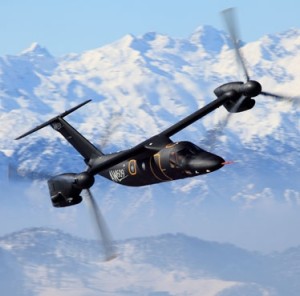


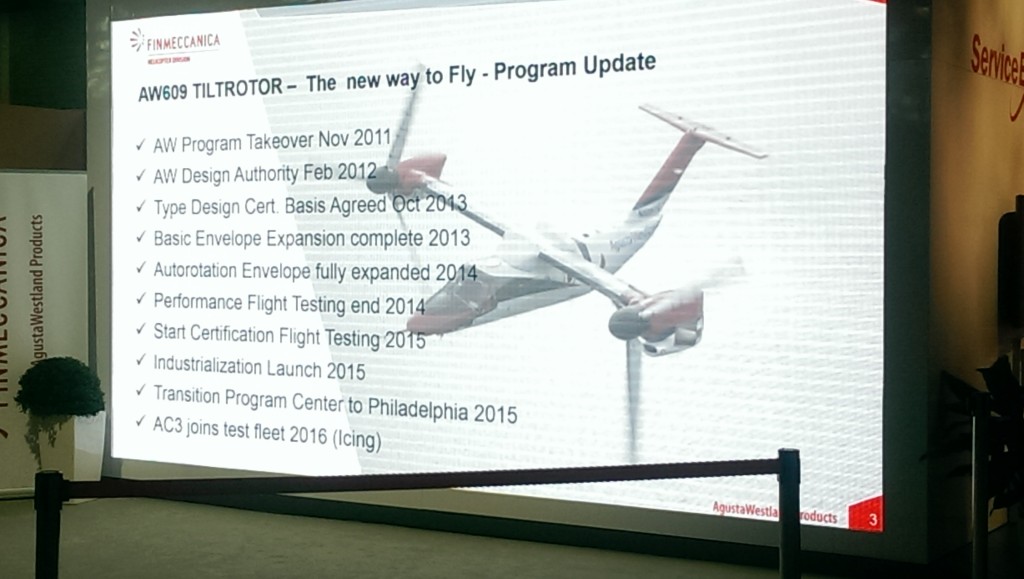
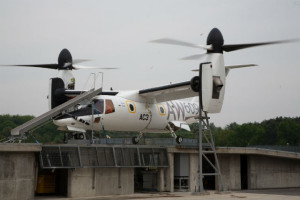

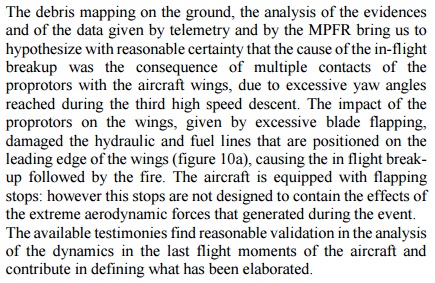
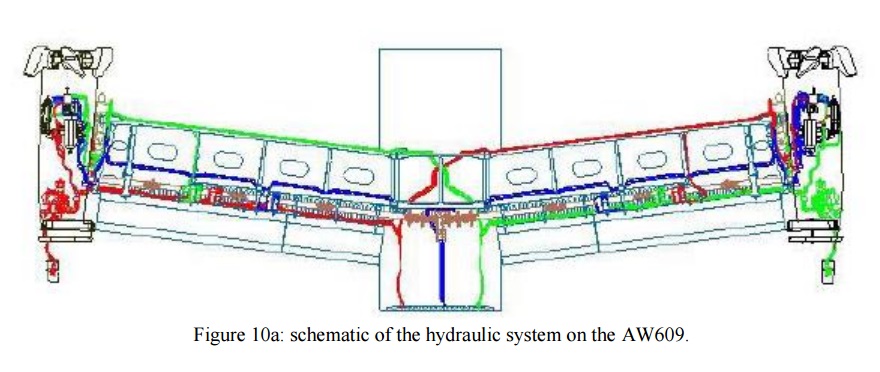


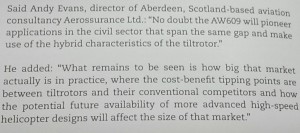
Recent Comments